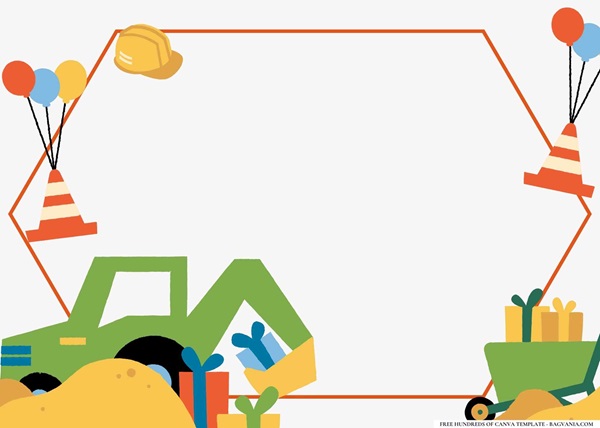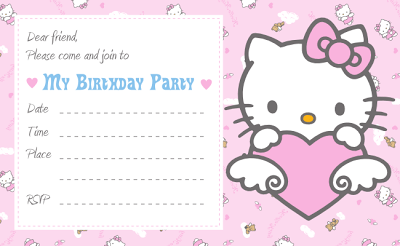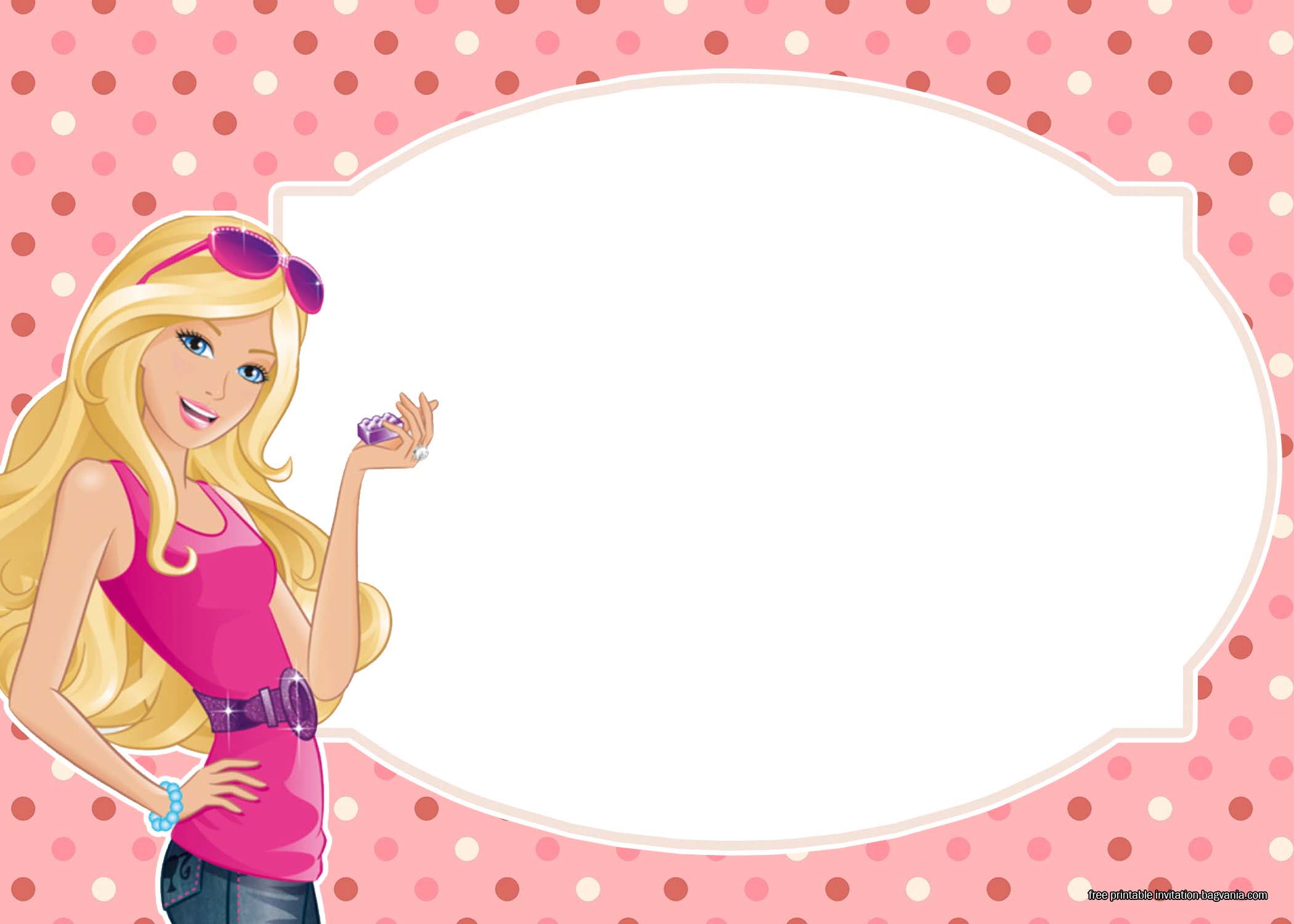Learning to read and write, which are such essential skills, can be an exciting for your child with CVC Word Worksheets. With young learners, introducing CVC (consonant-vowel-consonant) words through engaging worksheets makes the process even more enjoyable. These simple yet effective activities are designed to make learning fun, sparking curiosity and creativity in young learners. By practicing CVC words like “cat,” “dog,” and “hat,” children build a strong foundation in phonics, enhancing their reading and spelling skills. Beyond academics, these worksheets also contribute to a child’s cognitive development, boosting confidence and critical thinking.
In this article, we will go in depths with the benefits of CVC word worksheets for your children, and point you to some amazing websites to get the necessary printable resources. If you are planning to incorporate this activity in a group event, we have some tips to make it extra fun and some free invitation templates at the end. So let’s dive into the world of CVC word worksheets, where learning meets play in the most delightful way!
What is CVC?
CVC stands for consonant-vowel-consonant, which refers to simple three-letter words that follow this pattern, such as “cat,” “bat,” and “dog.” These words are an essential building block for early literacy, as they help children understand the relationship between letters and their sounds. CVC words are straightforward to decode and pronounce, making them ideal for teaching phonics and blending sounds. By mastering CVC words, children gain confidence in their reading skills and lay the groundwork for tackling more complex words and sentences.
Benefits of CVC Word Worksheets for Children
Engaging young children with CVC worksheets offers numerous benefits that extend beyond simply learning to read and write. With these benefits, CVC word worksheets create a well-rounded, engaging learning experience that supports a child’s literacy, cognitive development, and personal growth. Here are some key advantages:
1. Strengthens Phonics Skills
CVC word worksheets are an excellent way to teach phonics, a foundational skill in early literacy. By focusing on consonant-vowel-consonant patterns, children learn how letters correspond to specific sounds. These worksheets encourage blending sounds, like combining “c,” “a,” and “t” to form “cat.” This hands-on practice solidifies their understanding of phonics, helping them decode unfamiliar words with ease. Over time, this skill becomes second nature, enabling children to approach reading with confidence and fluency.
2. Enhances Reading Confidence
Completing CVC worksheets gives children a tangible sense of achievement, which significantly boosts their confidence. The simplicity of these words ensures quick wins, making the learning process rewarding and motivating. As children successfully sound out and recognize more words, they begin to see themselves as capable readers. This newfound confidence encourages them to explore more challenging texts, fostering a positive attitude toward reading and learning.
3. Builds Vocabulary
CVC words introduce children to a range of simple, everyday vocabulary that forms the basis of their language development. Words like “dog,” “sun,” and “bed” are not only easy to learn but also relevant to their daily lives, making the learning experience meaningful. Through repeated exposure to these words in various activities, children internalize their meanings, pronunciations, and spellings, creating a strong vocabulary foundation they will build upon in the future.
4. Develops Fine Motor Skills
Using CVC worksheets often involves writing, tracing, and coloring, which are excellent for developing fine motor skills. These activities help strengthen the small muscles in the hands and fingers, improving dexterity and control. Fine motor development is crucial for tasks like holding a pencil, tying shoelaces, and eventually writing with fluency. Engaging with worksheets makes this practice fun and purposeful, combining learning with physical skill-building.
5. Encourages Critical Thinking
CVC word worksheets often include activities like matching words to pictures, filling in missing letters, or rearranging jumbled words. These tasks challenge children to think critically and apply their phonics knowledge in new ways. They must analyze patterns, solve problems, and make connections between sounds and letters. This type of cognitive engagement sharpens their reasoning abilities and prepares them for more complex problem-solving in other areas of learning.
6. Supports Cognitive Development
Completing CVC worksheets requires focus, memory recall, and attention to detail, all of which stimulate a child’s cognitive development. Activities like identifying rhyming words or spotting the odd word out enhance memory retention and pattern recognition. These worksheets also promote sustained concentration, teaching children the value of persistence and patience in achieving a goal—skills that are invaluable for lifelong learning.
7. Fosters Independence
CVC word worksheets are designed to be simple and manageable, enabling children to work through them with minimal assistance. This sense of independence empowers children, teaching them to take ownership of their learning journey. As they complete tasks on their own, they build self-esteem and develop a sense of responsibility. Over time, this independent learning mindset contributes to their success in school and beyond.
Getting Started
Before starting with the worksheets, it’s helpful to prepare a few key materials and create an engaging learning environment to ensure the activity is productive and enjoyable for children. Here’s what you’ll need:
- Writing Tools: Provide pencils, crayons, or markers for completing the worksheets. Bright and colorful tools can make the activity more engaging.
- Visual Aids: Use flashcards, charts, or pictures of CVC words to provide additional support and make connections between words and their meanings.
- Quiet Workspace: Set up a calm, distraction-free environment where the child can focus on the task.
- Encouragement and Patience: Prepare to offer plenty of praise and gentle guidance to build the child’s confidence and interest in learning.
With these preparations in place, you’ll create a positive and effective learning experience with CVC word worksheets!
CVC Word Worksheets
While there are so many websites that provide printable CVC word worksheets out there, it is important to carefully choose the worksheets for your children. Choose worksheets that align with the child’s age and current skill level. It is also a good idea to get CVC word worksheets that include activities like matching, coloring, or writing to keep them interested, entertained and engaged.
For young children, let’s start with these worksheets from Worksheets GO. The first worksheet is really great to introduce children to CVC words. Each word has a missing vowel that the child needs to complete, each word also has colorful images to give them the clue that they need. The second worksheet incorporates cutting and pasting into this CVC word activity, letting them to do some form of crafting is going to keep them interested in building and learning CVC words.


If your children are up for more fun and more challenges in their CVC word worksheets, try these worksheets from Clever Learner. These worksheets incorporate some of the most fun games that you can do with words, like picture matching, word search and crosswords. Each worksheet still comes with illustration that will serve as a clue, or to just make things more interesting for your young learners.



For older children, you can give them these worksheets by 15 Worksheets. The first worksheet requires your child to fill in the consonants of each word. With picture prompts, it should not be too hard for your kindergarteners. The worksheet also gets them to practice writing the entire word in the space provided. The second worksheet is meant for children who are already more familiar with CVC words, challenging them to come up with 5 words for each word family.


Making It a Fun Group Activity
Incorporating CVC word worksheets in a group setting require some extra planning to make sure that it is a great fun for everyone. Here are some ideas to make CVC word worksheets a fun group activity:
- Turning Them into Interactive Games: For example, create a matching game where children pair CVC words with pictures or objects, or organize a “word hunt” by hiding word cards around the room for children to find and decode. You could also use a spinner or dice to randomly select words for the group to work on, adding an element of surprise to the activity. These games make learning feel more like play and keep children engaged.
- Incorporating Movement: This is another great way to keep things exciting. Assign each child a letter sound, and let them physically “build” a word by coming together in the correct order. Alternatively, you can organize a relay race where children complete part of the worksheet before passing it to the next team member. These activities combine learning with physical activity, which is especially beneficial for young, energetic learners.
- Encourage Teamwork: Divide the group small teams to solve puzzles or complete worksheets together. You could create challenges, such as seeing which team can correctly fill in the most blanks or create the most CVC words within a time limit. This fosters collaboration and friendly competition, helping children learn from and support one another.
- Adding a Creative Twist: This will enhance their CVC word worksheets experience. Encourage children to illustrate the CVC words they learn or create short, silly stories using those words. Providing stickers or stamps as rewards for completed tasks can make the activity even more enjoyable. By tapping into their creativity, you give children a sense of ownership and pride in their learning.
Inviting Others
To invite others to join your CVC word worksheet group activity, start by sending out colorful, kid-friendly invitations. These can be physical cards or digital invites sent via email. Be sure to include details such as the date, time, location, and theme of the event. For instance, you could write, “Join Us for a Fun Phonics Adventure with CVC Words!” to capture interest.
Social media and parent networks are excellent platforms to spread the word. Post in local community groups, school parent forums, or neighborhood chats, highlighting how the activity is both fun and educational. Emphasize that it’s a great opportunity for children to build reading skills while socializing with peers.
Consider using a theme to make the event more exciting and appealing. For example, a “CVC Safari” theme could include animal-related CVC words, while a “Word Builders’ Workshop” theme could focus on constructing words like building blocks. Mentioning the theme in your invitations adds an extra layer of fun that might encourage more families to join. Lastly, highlight any perks that will make the event more enticing. Mention that snacks, certificates of participation, or small prizes will be provided.
If you need help with your invitations, feel free to check out our collection of invitation templates. Whether to send as a personal invitation or a social media post, these templates are such a fun and adorable way to get others excited about your “CVC word worksheets” group activity. Head to 8+ Cute Cartoon Airplane For Boys Birthday Invitation Templates or 14+ Construction Zone Birthday Invitation Templates for some fun, toy-themed designs. All you have to do is download the template of your liking, then edit in the details to your party or playdate!


Final Thoughts
CVC word worksheets are not just an educational tool—they’re a gateway to fun, creativity, and meaningful learning experiences for young children. By incorporating engaging activities, teamwork, and a touch of imagination, these worksheets can become a memorable part of a child’s early literacy journey. Whether practiced individually, in small groups, or as part of a community event, they offer countless opportunities to build essential skills while fostering confidence and a love for learning. So, gather your materials, invite others to join in, and watch as children take their first exciting steps toward becoming confident readers and writers!
































